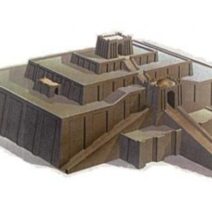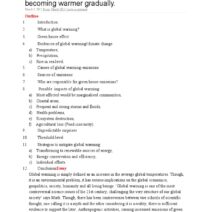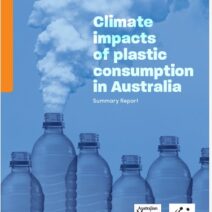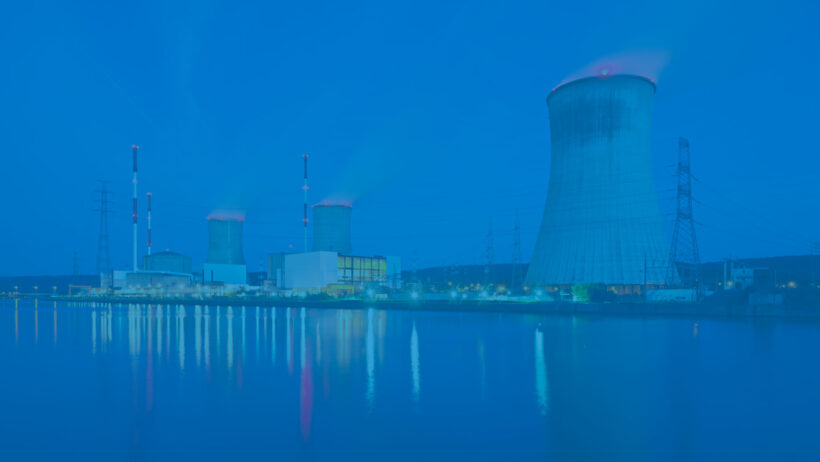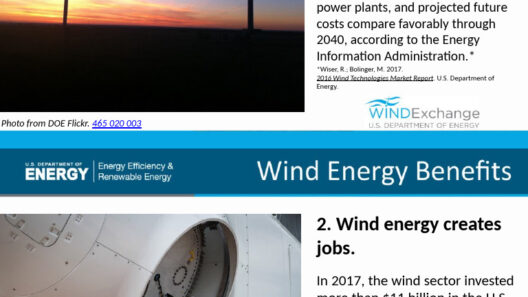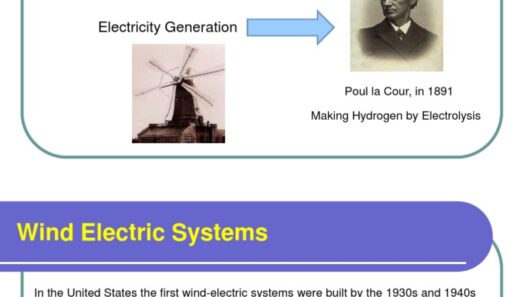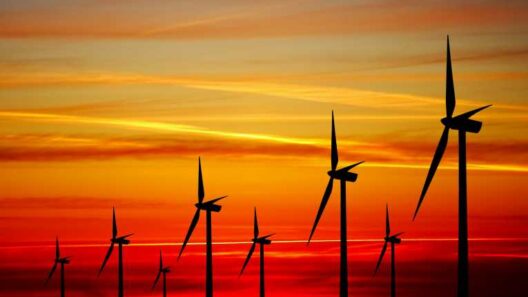Wind energy has emerged as a formidable ally in the quest for sustainable power generation, but how robust is the support from the United States government? Does Uncle Sam lend a helping hand to the burgeoning wind sector, or is it left to navigate the turbulent waters of the energy market on its own? This article delves into the governmental landscape surrounding wind energy, unpacking various measures and policies designed to bolster this renewable resource.
The role of government in promoting wind power could be likened to that of a conductor leading an orchestra. While individual instruments (or technologies) can produce beautiful sounds (or energy), it is the conductor that coordinates their efforts to create a harmonious symphony. Without the right leadership, it is easy for wind energy initiatives to encounter discord and inefficiencies.
Are there symphonic notes of support in the government’s approach to wind energy? Let’s dissect this relationship and explore how financial mechanisms, policies, and incentives serve as vital components in this orchestration.
Unraveling the Financial Framework
To understand government support for wind energy, one must first navigate the intricate financial landscape. Various incentives and subsidies exist, each designed to stimulate production and development. One of the primary instruments in the government’s arsenal is the Production Tax Credit (PTC). This federal program provides financial rewards based on the amount of electricity produced by qualified wind turbines, offering a per-kilowatt-hour credit for the first ten years of energy production.
Another crucial support mechanism is the Investment Tax Credit (ITC). Unlike the PTC, which rewards production, the ITC incentivizes investment in new renewable energy projects, allowing companies to deduct a significant percentage of the costs associated with solar and wind resources from their federal taxes. The impact of these credits cannot be overstated. They encourage investments that might not have been viable in the absence of such support, enabling burgeoning wind farms to flourish.
Emerging incentives also include state-level Renewable Portfolio Standards (RPS), which mandate that a certain percentage of energy consumed within a jurisdiction comes from renewable sources. These standards often compel utility companies to invest in wind energy, thereby creating a more robust market for wind power.
The Churning Winds of Policy
Beyond financial incentives, the winds of policy also play a pivotal role in shaping the fate of wind energy in the U.S. Regulations at both the federal and state levels create an environment that can either foster or hinder the deployment of wind energy technologies.
Federal policies, such as the Clean Power Plan (CPP), have sought to reduce carbon emissions by encouraging a shift towards cleaner energy sources, including wind. Although the future trajectory of such policies may face uncertainties based on the political climate, momentum for renewable energy adoption has been growing. In addition, initiatives like the Bureau of Ocean Energy Management (BOEM) have made strides in facilitating offshore wind development, potentially unlocking a treasure trove of renewable energy resources that remain underutilized.
At the state level, proactive measures are gaining traction. Several states have enacted ambitious energy transition plans and are implementing measures that incentivize the growth of offshore wind, ensuring that the technological infrastructure is built up accordingly. The interplay between federal and state policies can foster a fertile ground for wind energy projects to take root and evolve.
The Winds of Innovation: Technology and Research
Federal support extends beyond financial incentives into the realm of technology and research through grants and funding for research and development initiatives. Wind energy technologies are continually evolving, and government investment plays an essential role in driving innovation. By funding projects and initiatives that promote advanced materials, turbine efficiency, and grid integration, the government helps ensure that the U.S. remains a competitive player in the global wind energy market.
The National Renewable Energy Laboratory (NREL) is an example of a federal entity that conducts groundbreaking research and analysis, providing critical insight into wind energy’s potential and performance. Such research not only informs policy and investment decisions but also helps lower the cost of wind energy through technological advancements.
The Marketplace Challenge: Is It Enough?
Despite the concerted efforts and support from the government, is it sufficient to overcome the challenges faced by the wind industry? The increasing reliance on fossil fuels, often entrenched in existing infrastructure and political lobbying, presents roadblocks that may stymie innovation. Moreover, variances in state incentives and the tussle with local communities over land use can complicate the development of new wind farms.
But perhaps the most pressing concern is the issue of market competition. As renewable energy sources proliferate, wind energy battles not only for attention but also for the leading position in the energy market. Will government subsidies and incentives continue to offer the necessary encouragement, or will the competitive market dynamics overshadow their effectiveness? This challenge prompts a broader question: How can wind energy vie for dominance in the race to a sustainable future while effectively leveraging governmental support?
Transformative Power on the Horizon
In conclusion, the U.S. government’s role in promoting wind energy is multifaceted, encompassing financial incentives, supportive policies, and research initiatives. However, the true measure of success will depend on the ability of the wind industry to navigate a complex market filled with competing interests and evolving technologies. As the challenges mount, a collective effort will be paramount. With robust governmental support and innovative resilience, wind energy could very well emerge as a cornerstone of America’s sustainable energy future.
